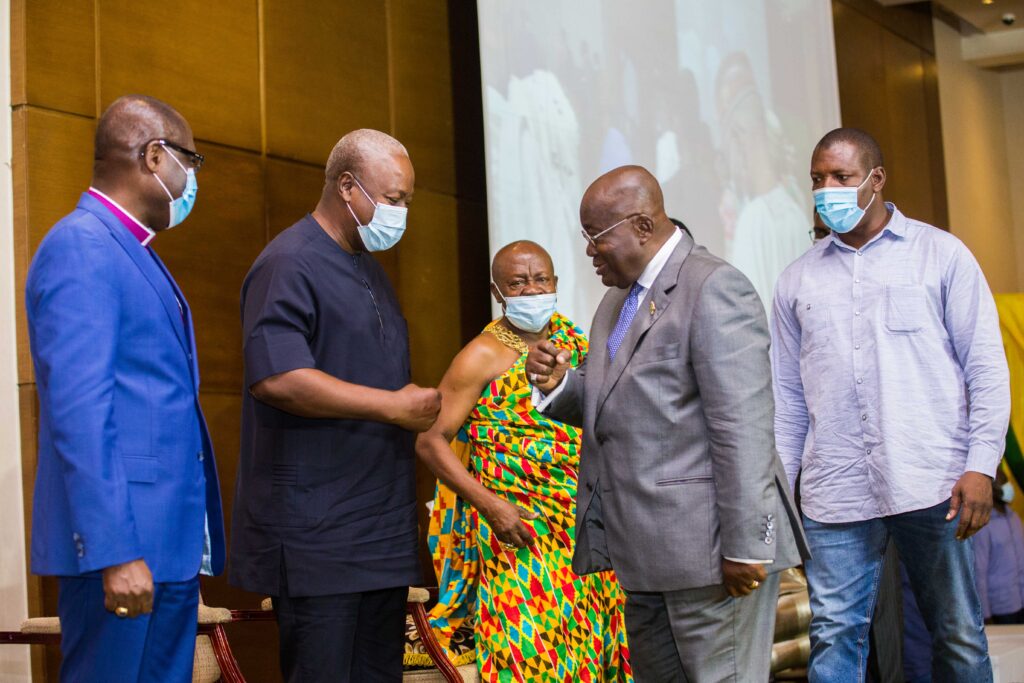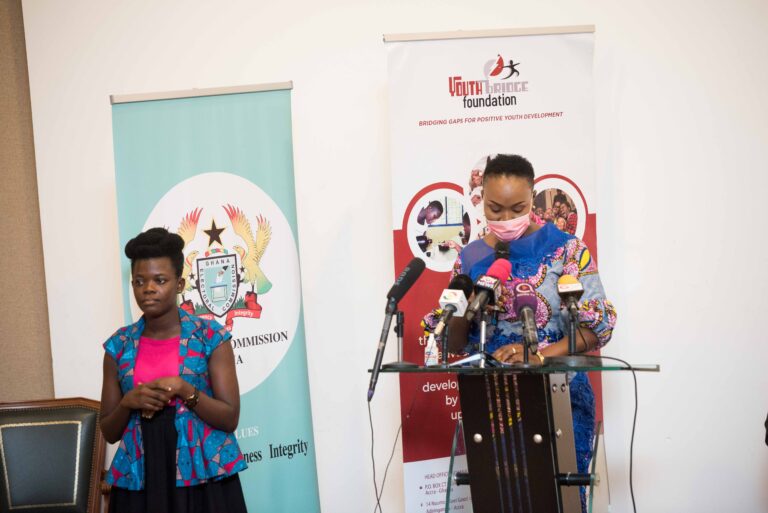Preparing for electoral processes
Preparing for Electoral Processes
Youth-First Time Voters require adequate, unbiased, and credible electoral information that is presented in youth and disability friendly formats accessible at each stage of the electoral cycle.



Voter registration is an exercise that requires that a person eligible to vote register on an electoral roll before they are permitted to vote. The Electoral Commission is the sole body legally mandated to organize elections and its related exercises in Ghana including registration. The rules governing registration is set out and implemented by the Electoral Commission (EC). Registrants are allowed to register at designated locations set out by the Electoral Commission, in person, provided they are qualified to vote and meet the registration requirements.
- Registration Requirements
Through the Public Election (Registration of Voters) (Amendments) Regulations 2020 (C.I.126) spells out the requirement for proof of identification for the purposes of the registration. It states as follows;
(3) A person who applies for registration as a Voter shall provide as evidence of identification one of the following:
(a) A passport
(b) A National Identification Card issued by the National Identification Authority; or
(c) One voter registration identification guarantee form as set out in Form One of the Schedule, that has been completed and signed by two registered voters.”; and
(a) By the substitution for sub-regulation (4), of
“(4) Despite paragraph (c) of sub-regulation (3), a Registered Voter shall not guarantee the identity of more than ten persons.”
- Guarantee System
With reference to point (3(c)) in the requirement for an applicant for registration, an applicant without a valid Ghanaian Passport or a National Identification Card issued by the National Identification Authority, is required to present two guarantors who are registered voters to vouch for him/her. These guarantors are required to state their relationship with the applicant and confirm their qualification by swearing an oath of affirmation using the guarantee form (insert the form).
- Registration Procedure
Wondering what to do at the registration centre? follow this 5-Step process to complete approximately within 10mins.
Step 1 – Queuing
On registration day, go to the registration centre with any of the above requirements and join the queue if any. Please wear your nose mask and don’t jump the queue. Check the movement plan for the registration team to find out when they will be in your area.
Step 2 – Data Collection
A registration officer will collect your biodata, contact details, information about your parents, hometown and information provided on any of the evidence of identification provided. This information is captured on a form (1A) to be submitted to the data entry officer.
Step 3 – Data Entry
A data entry officer will enter your data captured on the form (1A) from the data collection point into the Biometric Voter Registration (BVR) machine. Your fingerprints will be captured and your picture taken. Please for a clearer picture, do not go to the registration centre in a blue shirt/dress because the background for the picture is BLUE.
Step 4 – Receive your Voter ID
At this stage, you will receive your voter ID (a laminated piece of paper capturing your name, picture, sex, date of birth, voter identification number, polling centre code, date of registration and a QR code. After receiving your voter ID card you will have to place your left little finger in an indelible ink.
Step 5 – Records
This is the last stage before you leave the registration centre. Here representatives of political parties will capture your name, gender and date of birth their records. After this is done please leave the registration centre.
This is an exercise by the electoral commission to allow prospective voters to verify if their details, such as names, sex and age were properly captured during the registration ahead of the December general elections. Voters have the privilege to request for amendment, replacement of poor quality or damaged voter identification cards or make insertions of names where necessary.
It is also to make way for the removal of names of unqualified voters in the register. Qualified persons are given the opportunity to raise objection to names of unqualified persons (the deceased, minors and non-citizens) on the Voter’s Register at the centres.
It serves as an occasion to correct wrong centre code, correct wrong spelling of names, and effect change of names by presenting the required supporting documentation.
Requests that could be made at the Exhibition Centres include:
- Check names, particulars and other details so as to effect corrections where necessary
- Objection to inclusion of unqualified persons such as deceased, minor, non-Ghanaian voters on the register
- Replacement of poor quality or damaged voter ID cards.
Verify polling station details
If you have been a resident for at least two months in a constituency other than the one in which you originally registered, you may apply to the district electoral officer of your new constituency or to the Commission (by filling a form designed for the purpose) for your name to be transferred from your original polling station to a polling station in your new area of residence so that you can vote there on election day.
Please take note of the following:
- To transfer your vote, one must have registered 12 months prior to the transfer.
- Your application must be received 42 days before the day set for the election in order for the necessary arrangements to be completed.
- You must have lived at your new place for at least two months. Once your name has been transferred, you can only vote at your newly assigned station; NOT at your original station.
- Your name will continue to be on the register of your original station until the register is replaced. Before then, you have to apply to transfer your vote at every election.